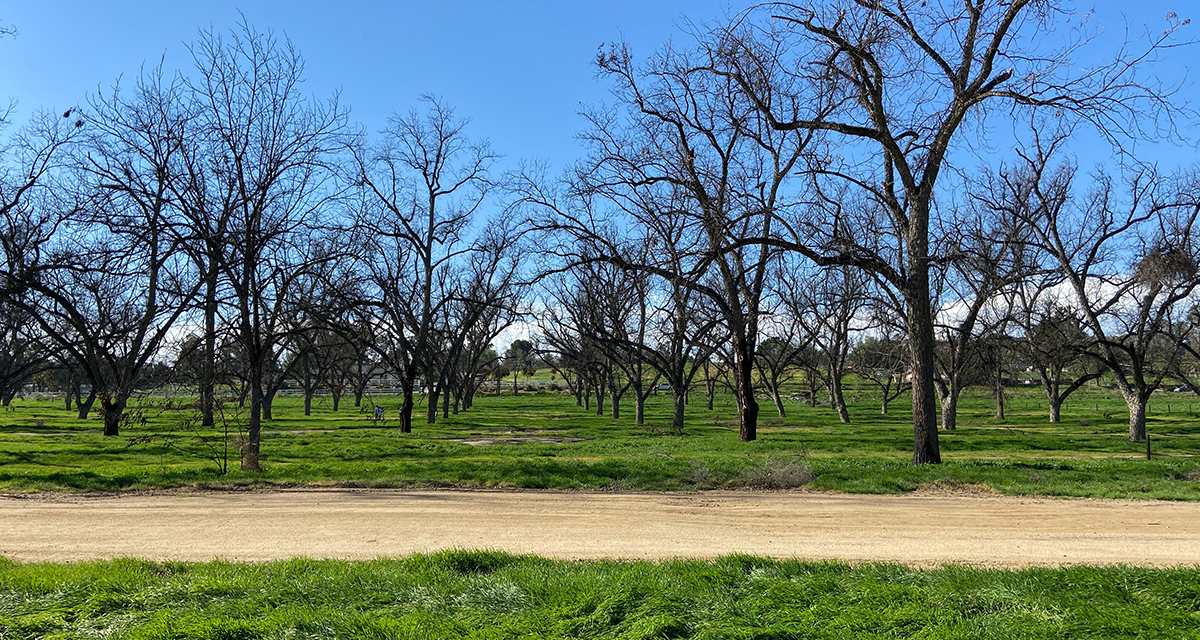Jurupa Valley, centered in the middle of Southern California, is a city that mirrors the region’s rich history and diverse cultural evolution.
From its ancient beginnings to its recent cityhood, Jurupa Valley’s story is a compelling chapter in the narrative of California’s growth.
Pre-European Era: The Native American Heritage
Indigenous Roots: Long before European settlers, the Tongva and Serrano tribes inhabited the lands of present-day Jurupa Valley. They forged a deep connection with the environment, living in harmony with the Southern California landscape.
Sustainable Living: These tribes excelled in utilizing natural resources. They practiced hunting, gathering, and fishing, emphasizing a sustainable balance with nature.
European Contact and the Mission Era
Spanish Influence: The arrival of Spanish explorers and missionaries marked a new era. Establishing missions like San Gabriel Arcángel introduced the area to new cultural dimensions and farming techniques.
Mexican Ranchos: Following Spanish rule, Mexican land grants led to the establishment of ranchos. These large estates became central to the region’s agricultural development, particularly cattle ranching.
American Period: Change and Challenges
The Treaty of Guadalupe Hidalgo: The treaty following the Mexican-American War incorporated California into the United States, bringing significant social and economic changes to the Jurupa Valley region.
Agricultural Shifts: The area’s rich soil and favorable climate made it ideal for agriculture. Citrus farming, in particular, flourished, becoming a cornerstone of the local economy.
20th Century: Urbanization and Identity
Post-War Growth: The economic boom following World War II ignited a wave of development. Jurupa Valley witnessed a surge in suburban housing, attracting families and businesses alike.
Infrastructure Expansion: The growth of roads, schools, and public utilities transformed Jurupa Valley into a thriving suburban community, all while maintaining its unique rural charm.
The 21st Century: A City Emerges
Incorporation and Cityhood: In 2011, Jurupa Valley officially became a city, marking a significant milestone in its history. This new status brought local governance and a stronger sense of community identity.
Striking a Balance: The city continues to navigate the challenges of modern urbanization while preserving its natural landscapes, historical sites, and small-town feel.
Q&A: Diving Deeper into Jurupa Valley’s Rich History
Q: What role have local tribes played in shaping Jurupa Valley’s history?
A: Local tribes have been instrumental in shaping the region’s early history, from sustainable land use to cultural practices that continue to influence the area.
Q: How did the ranchos impact Jurupa Valley’s development?
A: The ranchos era brought about significant agricultural development, shaping the region’s economic landscape and paving the way for future growth.
Q: What were the critical factors in Jurupa Valley’s transformation into a suburban area?
A: Key factors included post-war economic growth, increased housing demand, and infrastructure expansion, collectively spurring suburban development.
Q: How does Jurupa Valley maintain a connection to its past?
A: Through preserving historical landmarks, community events, and local museums, Jurupa Valley keeps its rich history alive and accessible.
Q: What challenges does Jurupa Valley face in balancing growth and conservation?
A: Challenges include managing urban sprawl, protecting natural habitats, and ensuring sustainable development that honors the city’s heritage.
Q: What future developments are anticipated for Jurupa Valley?
A: Future developments may include further urban expansion, enhanced community facilities, and initiatives to boost the local economy while preserving the city’s unique character.
Embracing the Future While Honoring the Past
Jurupa Valley’s history is a vivid tapestry of cultural shifts, economic changes, and community evolution.
From its indigenous roots to its recent cityhood, it has continually adapted, embracing the future while respecting its past. The city’s journey is far from over, as it looks ahead to new chapters of growth, innovation, and community development, all while staying true to the essence of its rich historical legacy.
How will Jurupa Valley continue to evolve, and what new stories will emerge from this dynamic Southern California city?





